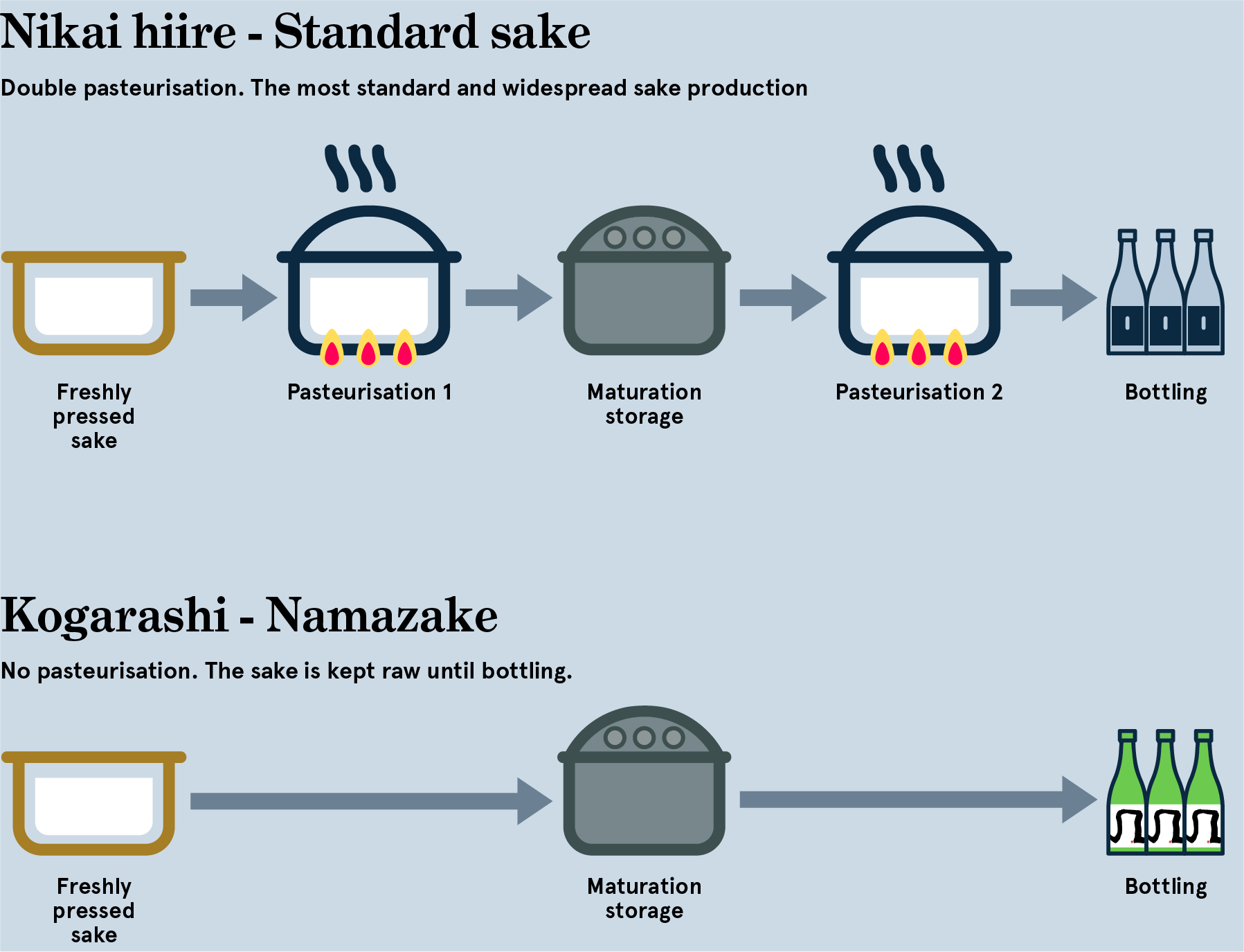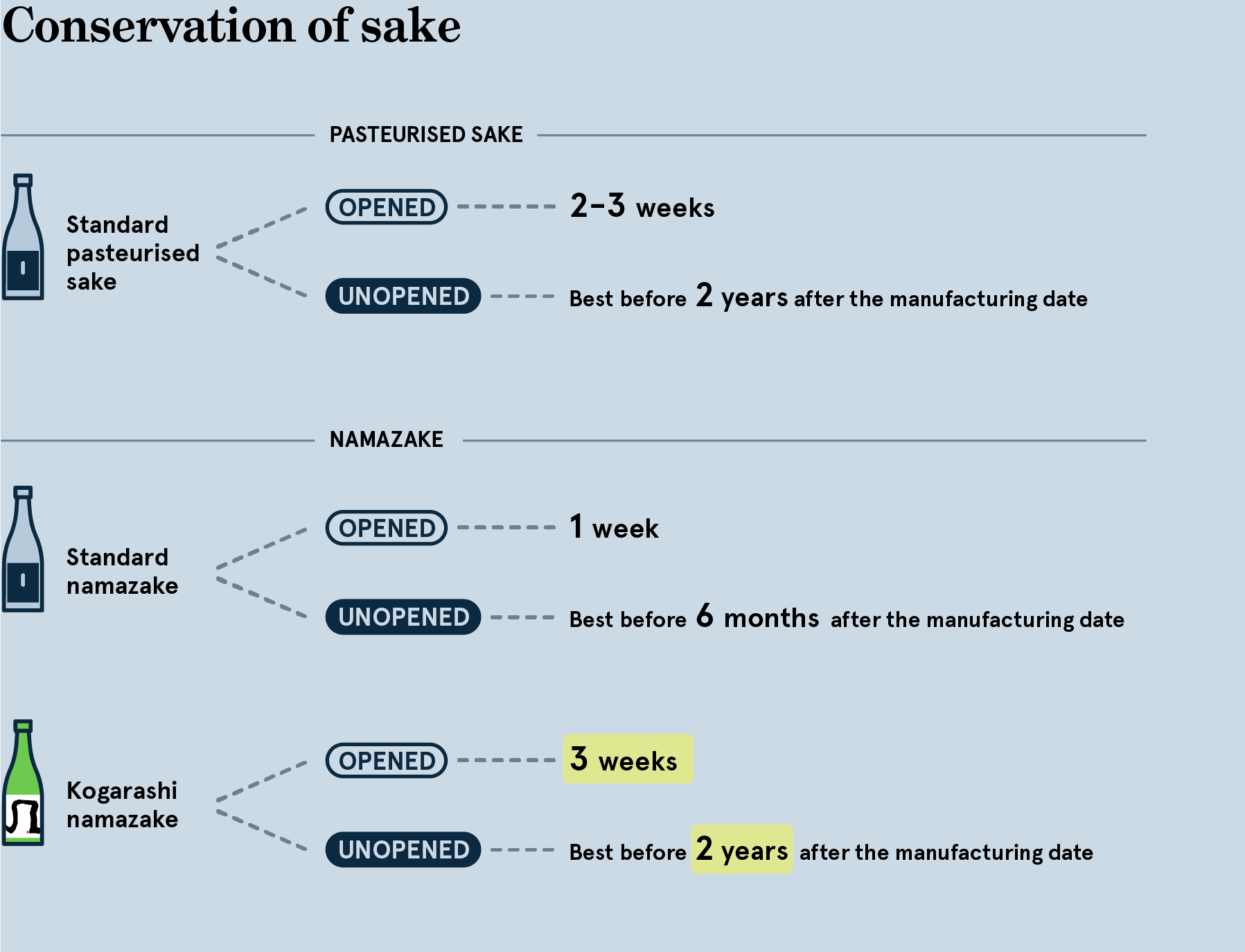Brewing Process
Crafting a unique sake
Japanese rice wine, or “sake” / “日本酒” is a centuries-old institution that is enjoyed by people of various backgrounds and preferences. Sake’s taste, texture and more can vary wildly depending on the brewing technique and exact ingredients.
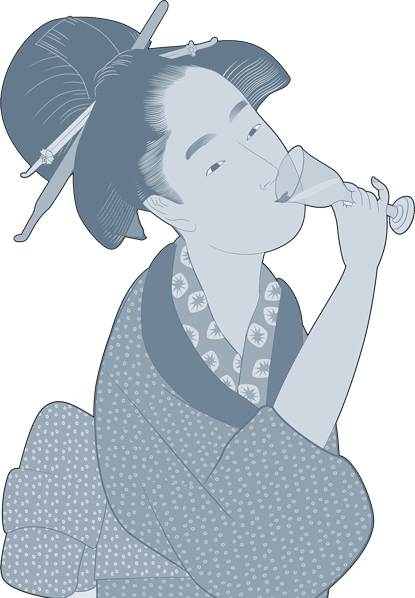
Rice
Two big ways that sake can differentiate are in how much the rice is polished and when or if the sake is pasteurised.
Here is what rice polishing can do for sake:
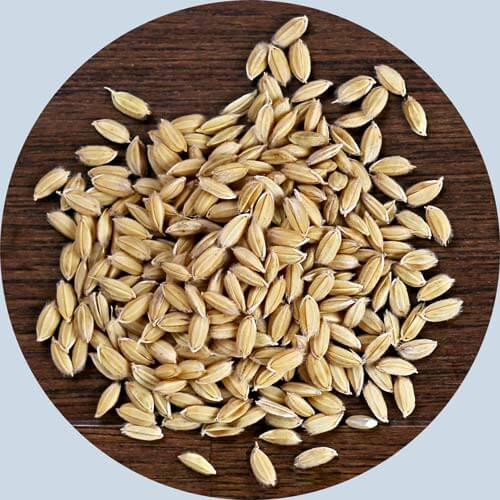
Paddy rice
The journey of Kogarashi starts with raw paddy rice: specifically, the kinumusume and nipponbare varieties.
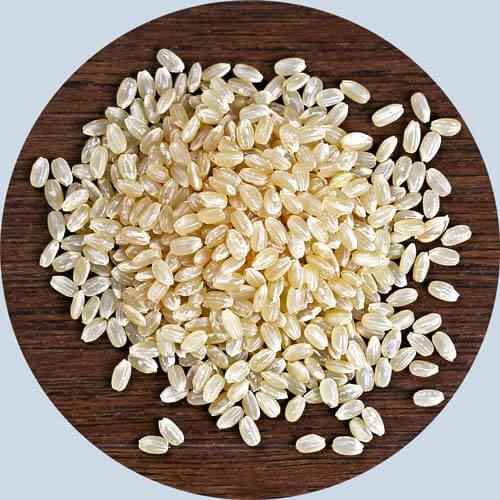
The process begins
The kinumusume and nipponbare rice that forms Kogarashi then goes through a polishing process that informs the final scent, texture and taste of the drink. Rice may be polished at various levels for different types of sake.

Polished rice (50%)
When the rice reaches a stark 50% polish, it is ready for Kogarashi. This 50% polish makes Kogarashi a Junmai Daiginjo sake (one of the highest-regarded grades of sake). The firm polish allows for a more chilled, vibrant and clear taste experience – just like the cool winter winds of its namesake.
Water
Kogarashi doesn’t just use any water in its masterful brewing process; instead, the talented brewers tap into the hard Miyamizu waters that flow from Mount Rokkō. These rich waters create a powerful yet smooth sake that glides along the tongue.
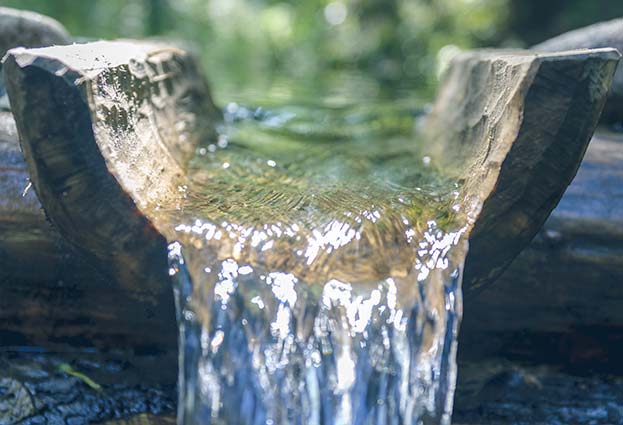
Water

Kogarashi doesn’t just use any water in its masterful brewing process; instead, the talented brewers tap into the hard Miyamizu waters that flow from Mount Rokkō. These rich waters create a powerful yet smooth sake that glides along the tongue.
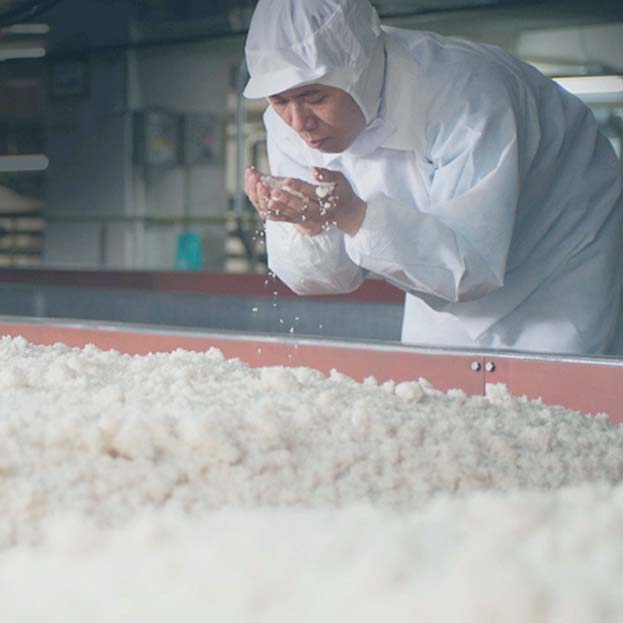
Yeast and Koji
Unlike many sake brands, Kogarashi is made using a specially-refined yeast unique to the Nihonsakari brewery. It is home brewed here and not available anywhere else.
The yeast is combined with koji, a fungus made of ginpu rice, which breaks down the starch into sugar. The yeast then turns this into alcohol with an aromatic flavour profile.
Yeast and Koji

Unlike many sake brands, Kogarashi is made using a specially-refined yeast unique to the Nihonsakari brewery. It is home brewed here and not available anywhere else.
The yeast is combined with koji, a fungus made of ginpu rice, which breaks down the starch into sugar. The yeast then turns this into alcohol with an aromatic flavour profile.
What is an unpasteurised sake?
Aside from being a Daiginjo sake with 50% polished rice, Kogarashi is also a namazake (compounded from nama + sake). In Japanese, nama (生) translates as “fresh” or “raw”. In this context, nama refers to unpasteurised sake.

Other types of sake are typically pasteurised twice during their brewing process: first after being filtered, and again after being diluted. Kogarashi, as a namazake, is never pasteurised, which leads to a fresher and more natural sake, instead of the softer tastes of regular sake.
This handy guide helps demonstrate the differences between Kogarashi as a namazake, and other types of sake that go through a pasteurisation process:

